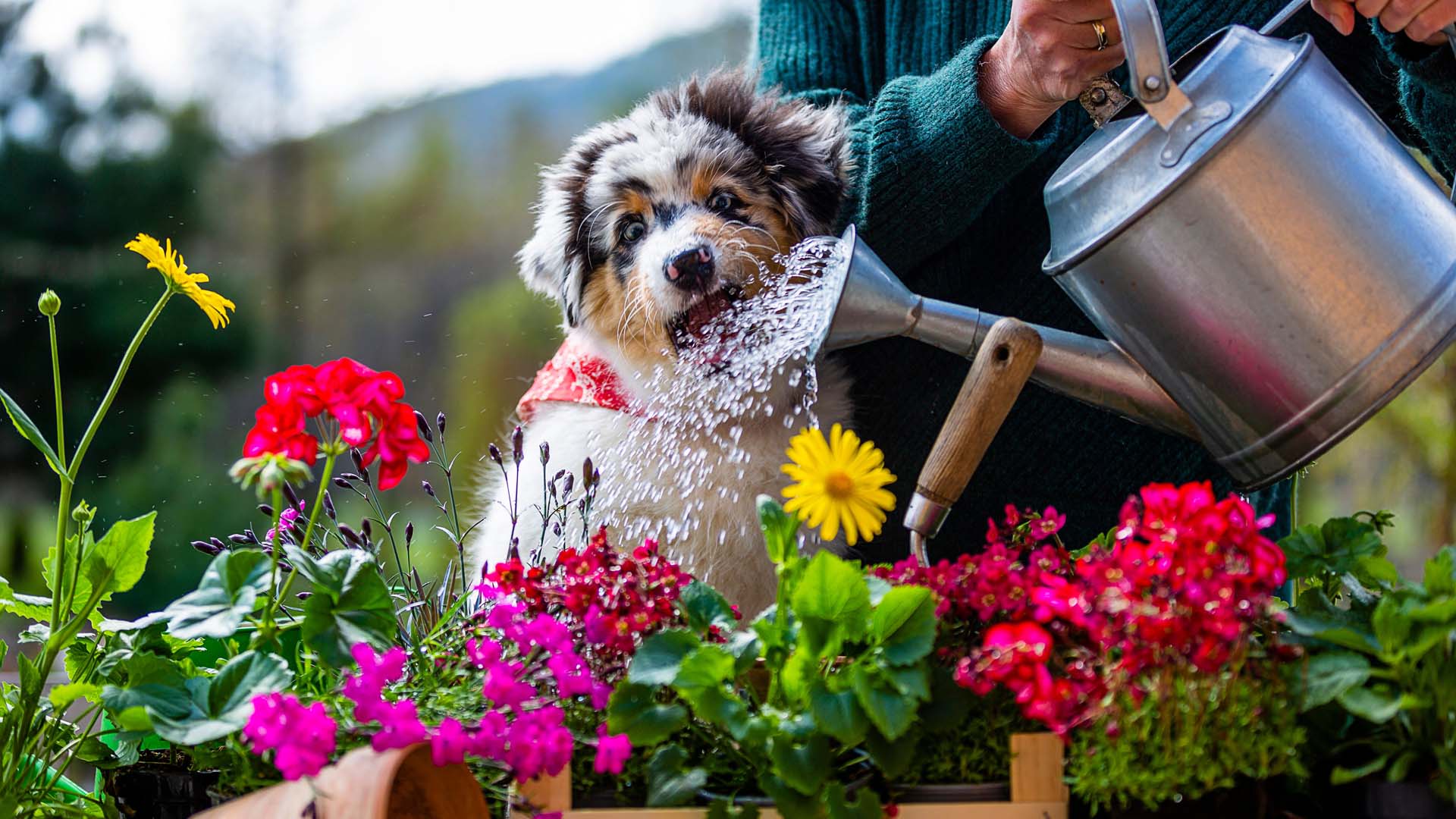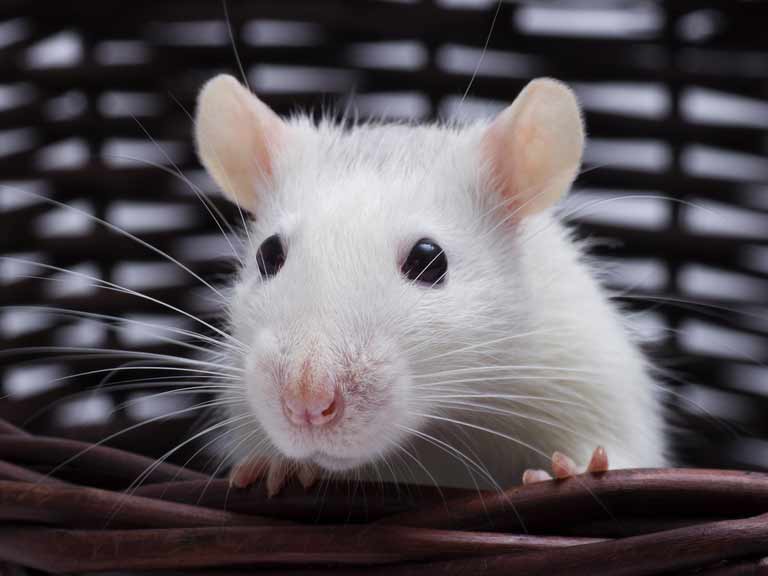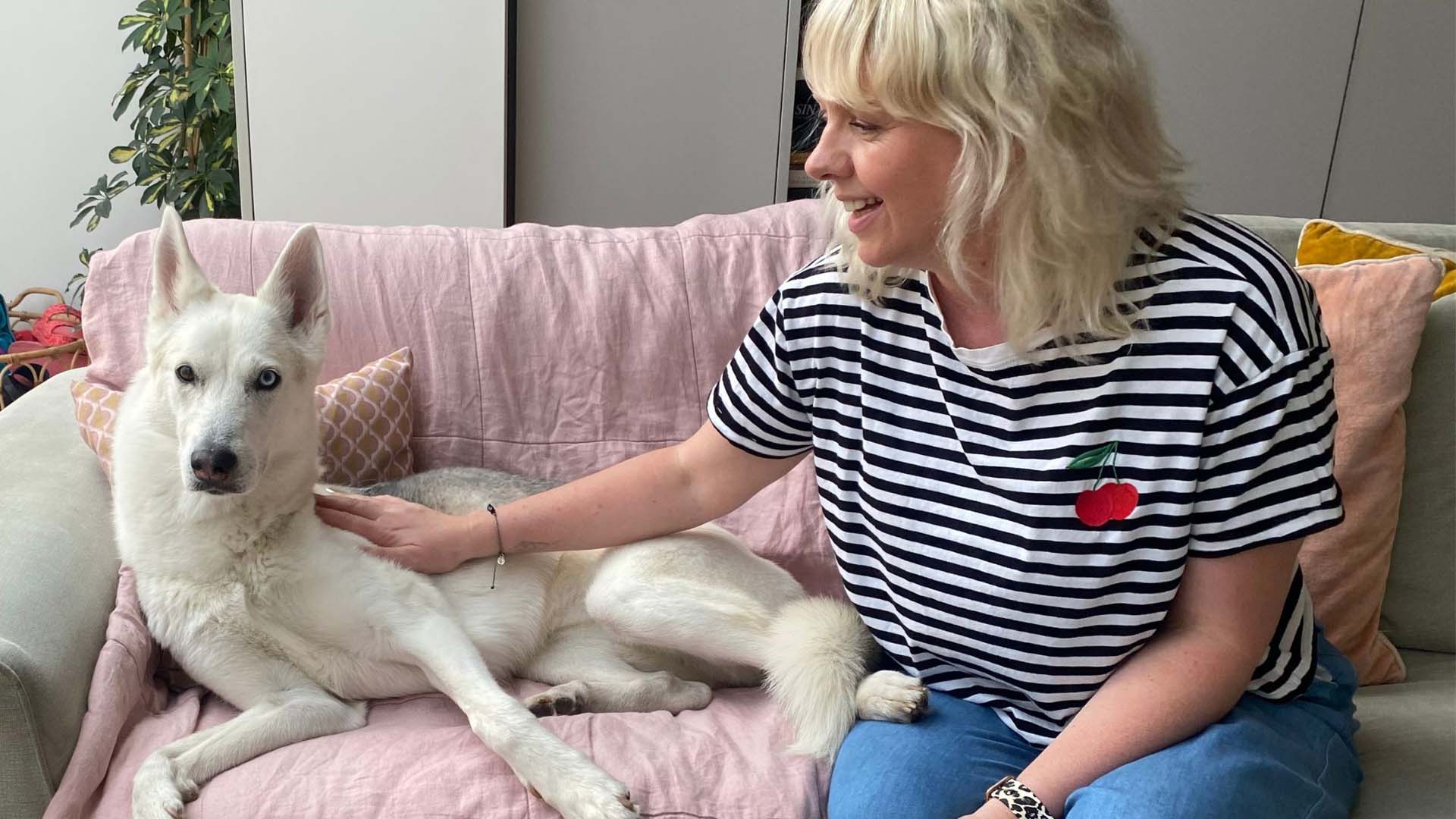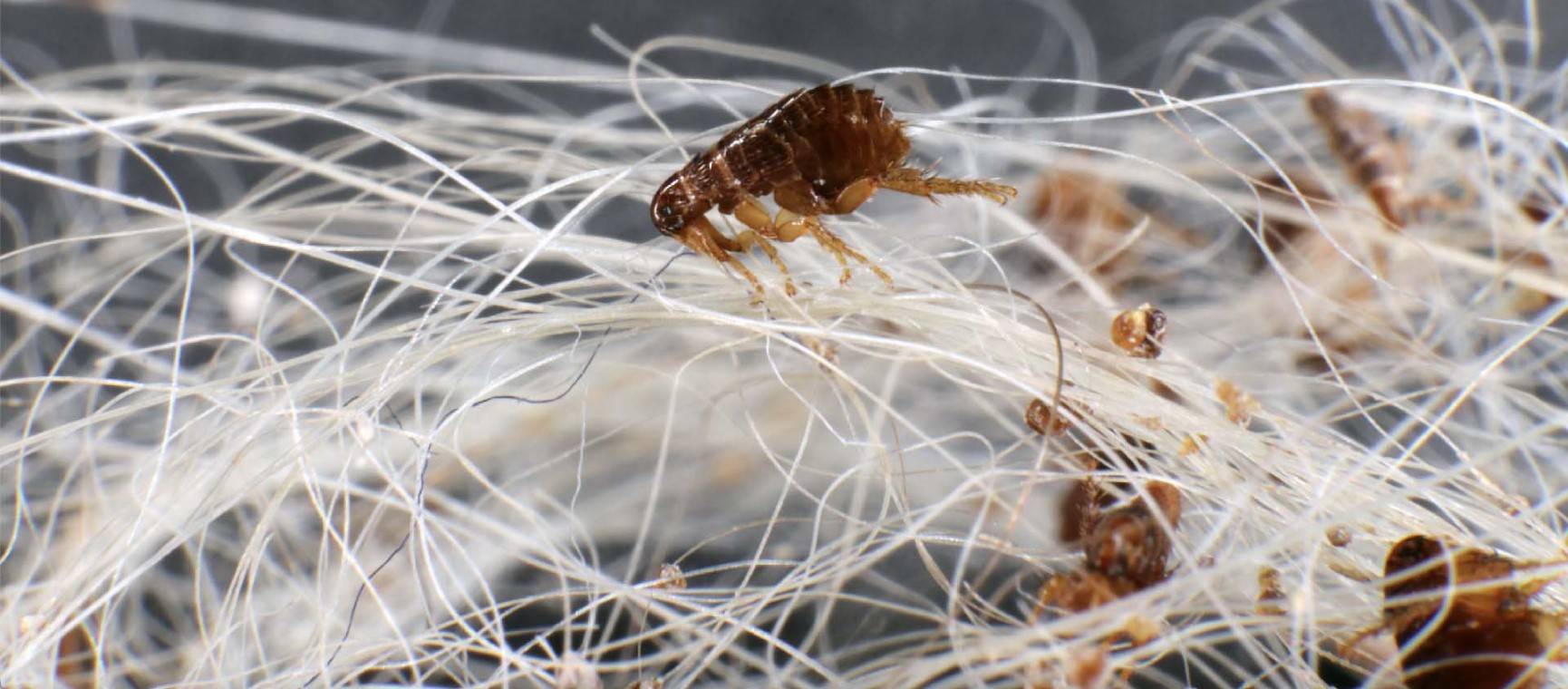
Infested with fleas? Itching for answers? We’ve enlisted the help of Fantastic Services pest control specialist, Todor Stoev.
He shares that while it may take several weeks to completely eradicate fleas from your home, with determination and consistency, it can be done.
On a positive note, most of what you need to naturally battle your flea foes is probably already sitting under your kitchen sink.
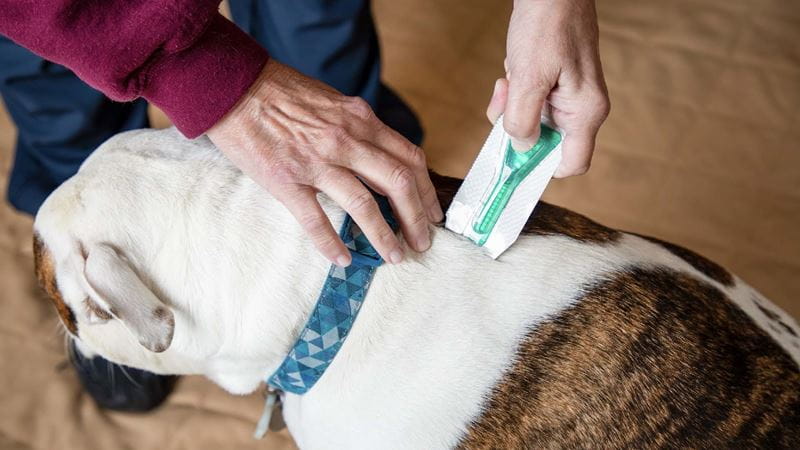
Keeping fleas from entering your home may be easier said than done. Since they cleverly hitch a ride on your beloved pet, the welcome mat is all but rolled out for them. The key is to act fast to get the unwanted fleas out of your home as soon as possible.
Stoev says: “For a comprehensive approach to flea control, it is necessary to address both your pets and your home simultaneously. It is also important to groom your pets regularly, use flea prevention products on them, and consult a veterinarian for effective flea control.”
One of the best tools in the fight against fleas will always be a good vacuum cleaner.
“Regular vacuuming is not only an essential part of your home cleaning chores, it is also essential in a flea control strategy.”
“Ensure that carpets, furniture, and pet bedding are vacuumed in areas where fleas might be hiding. To prevent reinfestation, dispose of the vacuum bag after vacuuming or empty the canister outside,” says Stoev.
Choose your vacuum wisely
Not all vacuums are created equal when it comes to keeping a home with pets habitable. If you're wondering how to get rid of fleas, specialist pet vacuums will come with special or covered bristles that are more effective at picking up hair (and potentially, fleas).
They should also have HEPA filters that do a better job of containing pet dander.
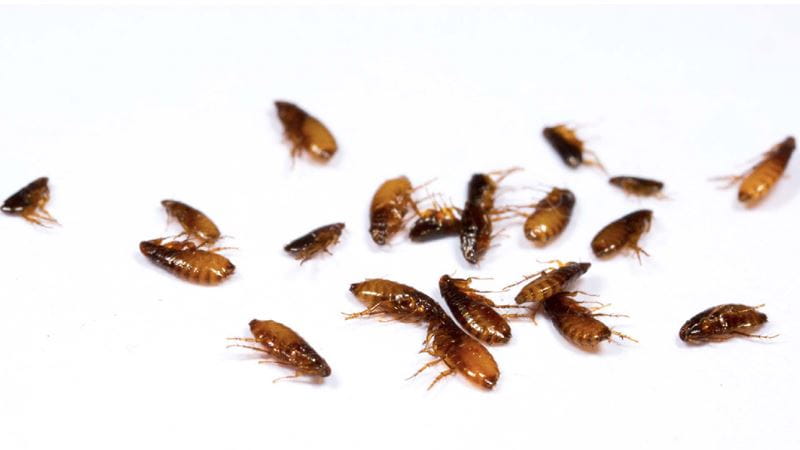
Every home needs a store of bicarbonate of soda. From keeping towels white to cleaning a burnt pot, there seems to be no end to the use of this humble baking ingredient.
It’s also bad news for your flea foes.
Stoev says that when it comes to natural options for fighting fleas, baking soda takes some beating:
“Bicarb soda is a versatile and cost-effective home remedy for fleas. You just need to sprinkle baking soda over the affected areas, such as your carpets and furniture.
“Make sure you apply this natural pesticide to the fibres with a hard brush, to help it penetrate deeper, where fleas hide. Let it sit for a few hours or overnight, then vacuum thoroughly.
"The way this method works is that the exoskeletons of fleas are destroyed by the bicarb soda, which causes them to dehydrate and eventually die. Again, as mentioned before, empty the vacuum canister outside ASAP.”
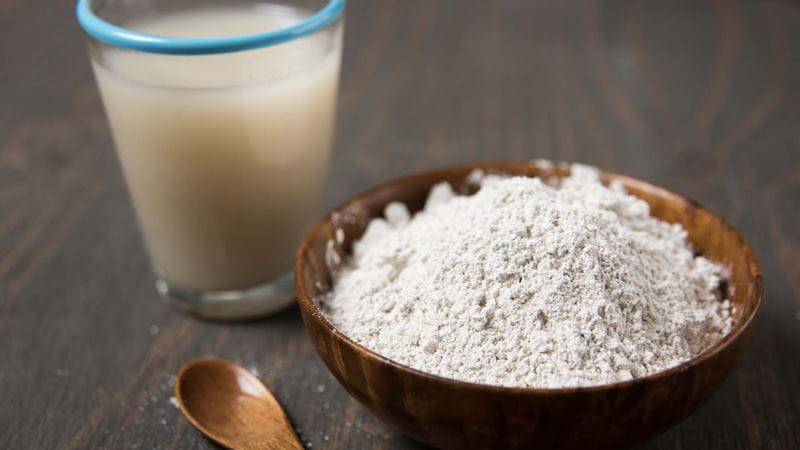
Diatomaceous earth (DE) is made from ground rock that’s rich in silica.
Stoev says that this product – which owes its origins to fossilised algae – is safe for pets and humans, but lethal to fleas.
“You should only sprinkle food-grade DE on the areas where fleas are active. Just like with bicarb soda, DE penetrates the fleas' protective shells, causing them to dehydrate and die.
"Additionally, it is effective against flea eggs. Of course, remember to reapply every few days to ensure that you have eliminated them all.”
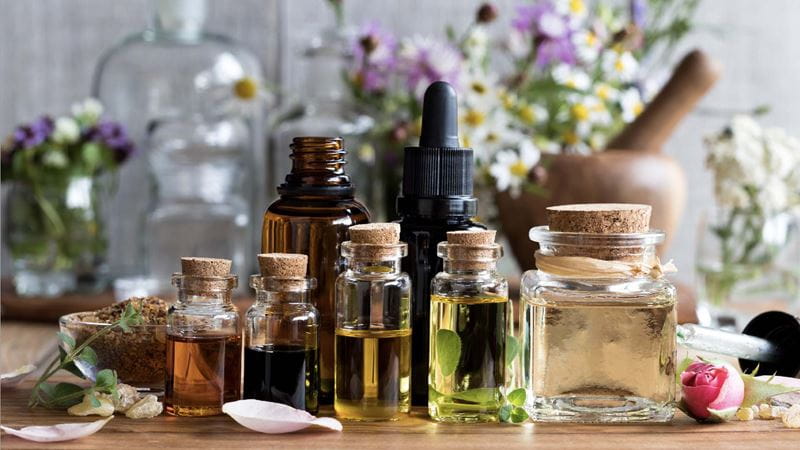
Do the words ‘sandalwood’ or ‘lavender’ make you swoon as home scents? Then here’s some good news: fleas (and other unwanted home invaders, like clothes moths!) cannot abide these natural oils.
Stoev says: “As in the case of any other pest, fleas can be repelled and eliminated with the help of certain essential oils.
"Oils such as citronella, eucalyptus, cedarwood, lavender, and peppermint are ones that work well when it comes to flea infestations.
"All you need to do to get rid of fleas is pour equal parts of your chosen essential oil and a carrier oil (such as rapeseed oil) into a spray bottle. The spray can be applied directly to fleas or to areas where they hide."
Essential oils
Stoev says you should be careful when using essential oils around your pets, as some can be harmful to them. Always check the product instructions before using them.
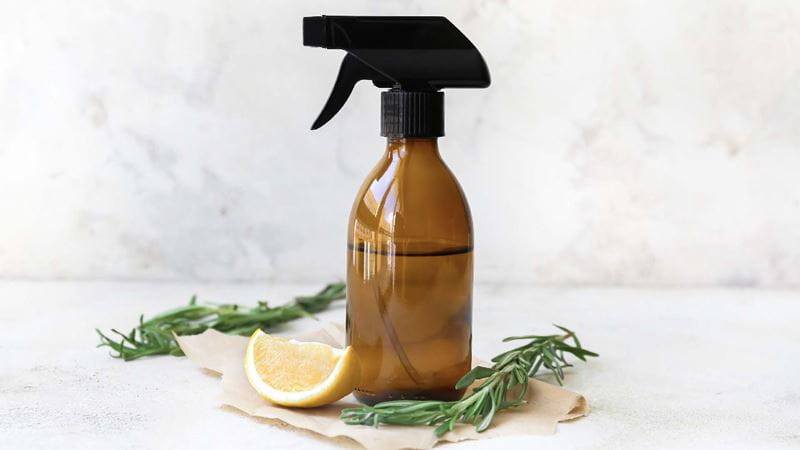
If you aren’t a fan of essential oils or worry that your dog or cat may be averse to them, you can always reach for a harmless lemon.
Stoev suggests whipping up your own lemon spray.
“Due to its acidic properties, lemon is a natural flea repellent. Just boil a thinly sliced lemon in water and let it sit overnight. After that, pour the lemon-infused water into a spray bottle and lightly spray it on all flea-infested areas.
"Be cautious about using it on fabrics, and check for any possible staining.”
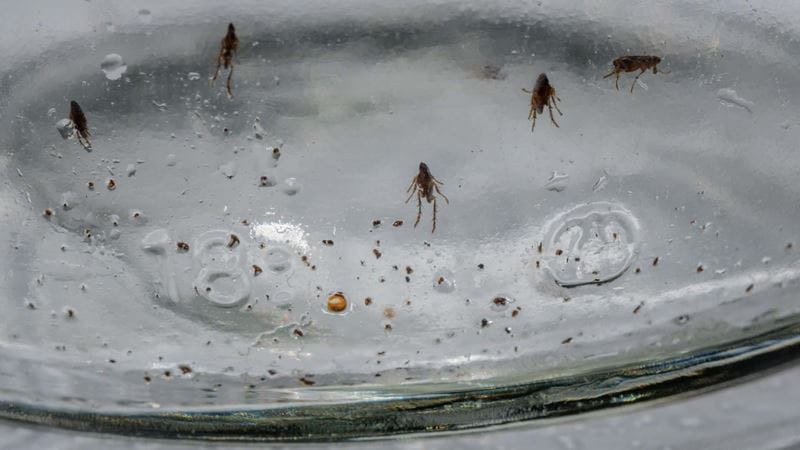
Setting homemade traps for pests can save you from a number of household creepy crawlies, including the pesky fleas.
Stoev says start by grabbing your favourite brand of washing-up liquid.
“You can create a simple flea trap by using warm water and washing-up liquid. Just fill a bowl or plate with soapy water and place it in areas where fleas are active.
"As fleas are attracted to light and warmth, they will jump into the water, and become trapped by the soapy surface, making it harder for them to escape.”
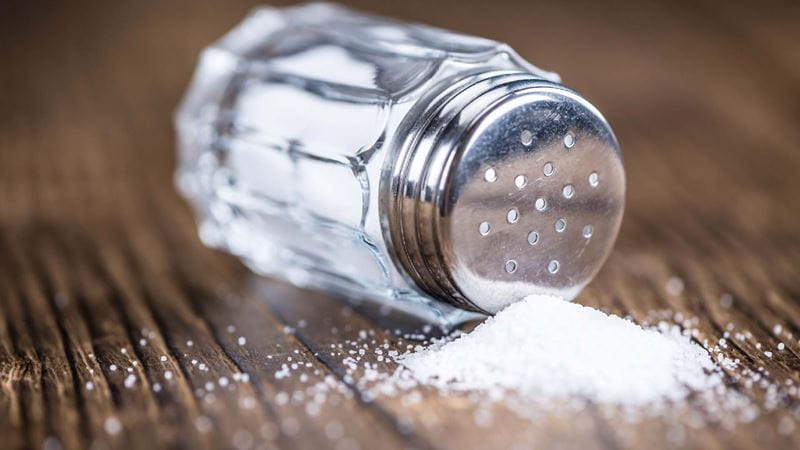
Stoev tells us that this common condiment is a solid ally in the fight against fleas.
“Salt acts as a dehydration agent for fleas. You can sprinkle finely ground salt on your carpets to destroy fleas and their eggs, especially in areas where fleas thrive.
"You should wait one or two days and then thoroughly vacuum your home. Remember to dispose of the vacuum bag outside.”

If you’ve got green fingers, it will be music to your ears that your love of flowers and plants is surpassed only by the fleas’ loathing for some of them.
“Flea-repelling plants are popular natural pest controllers,” Stoev says.
“Certain ones like pennyroyal, chrysanthemums, lavender, and spearmint are among the ones that can repel fleas.
"You can deter fleas from infesting outdoor areas by placing these plants in pots around your home or in your garden.”
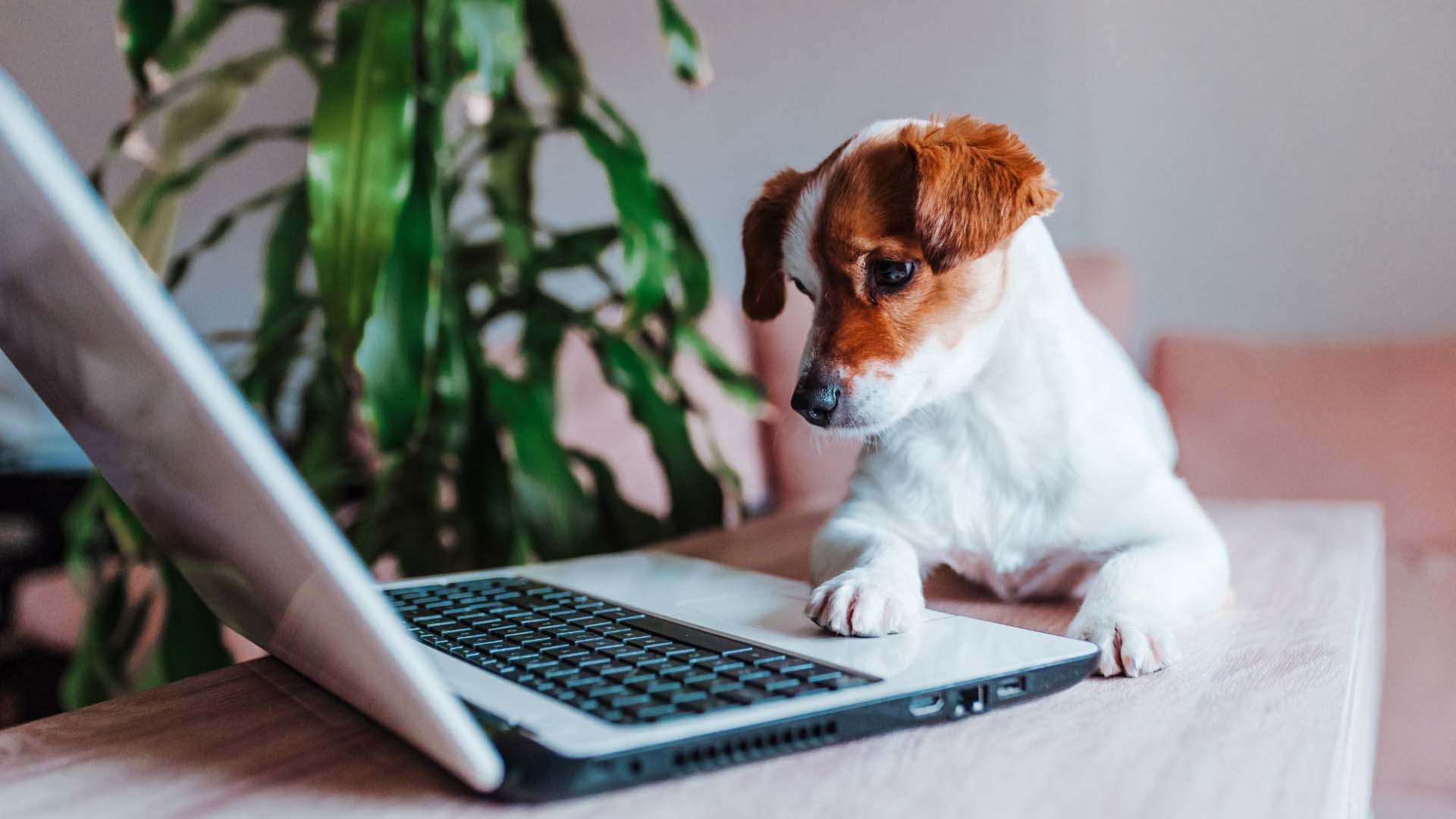
While iPhones for pooches are a way off, there’s plenty of dog tech you can still invest in.

